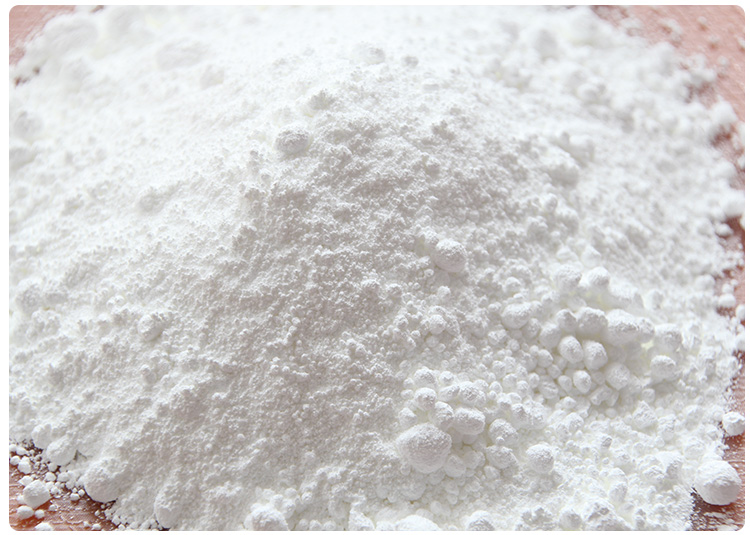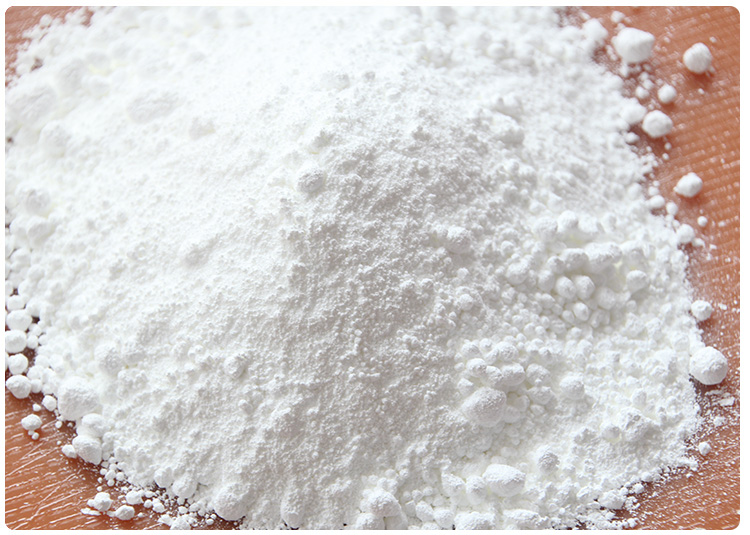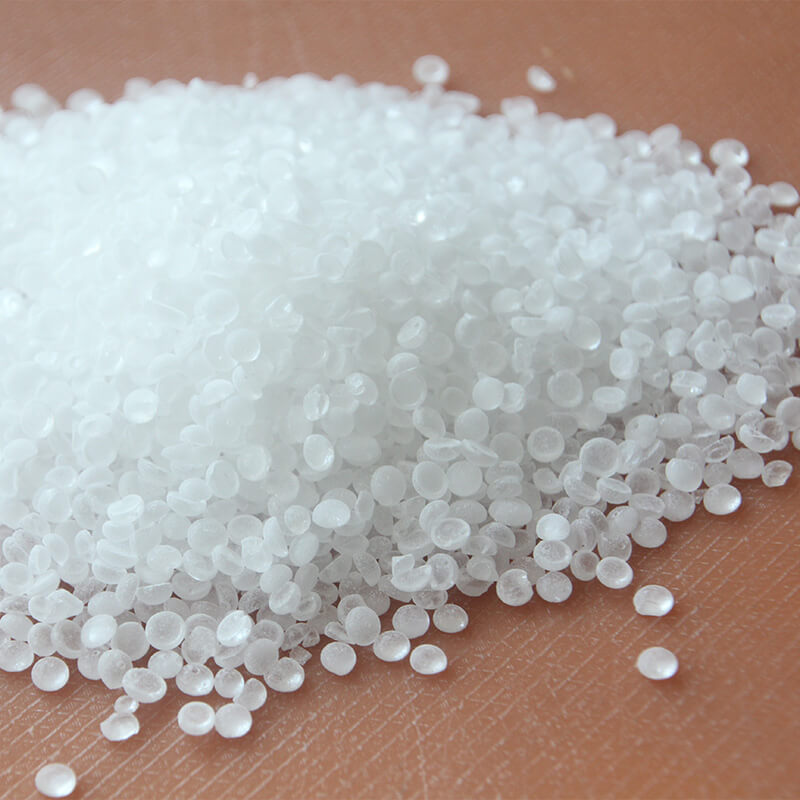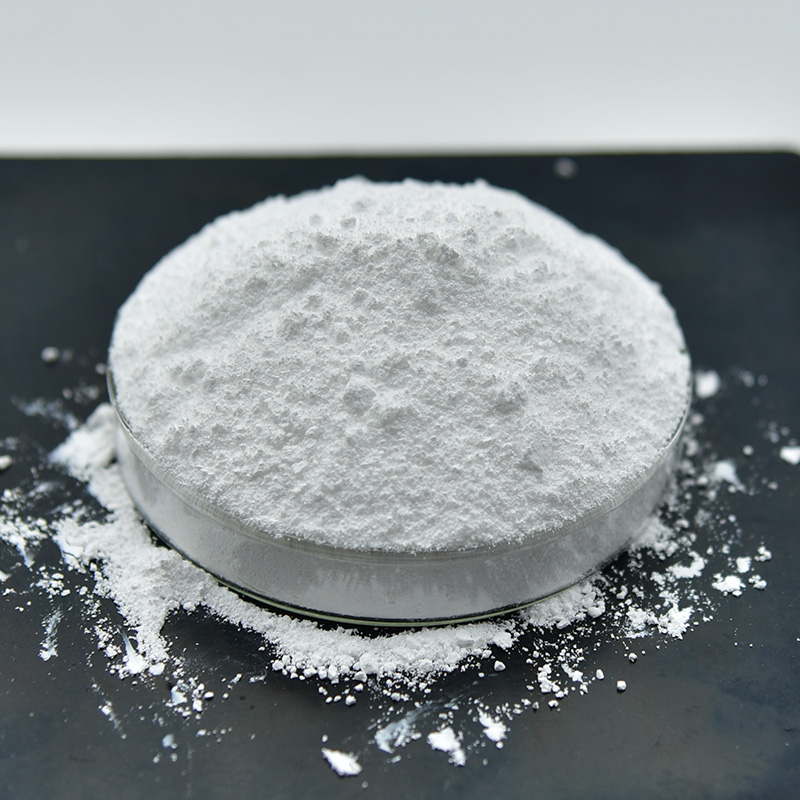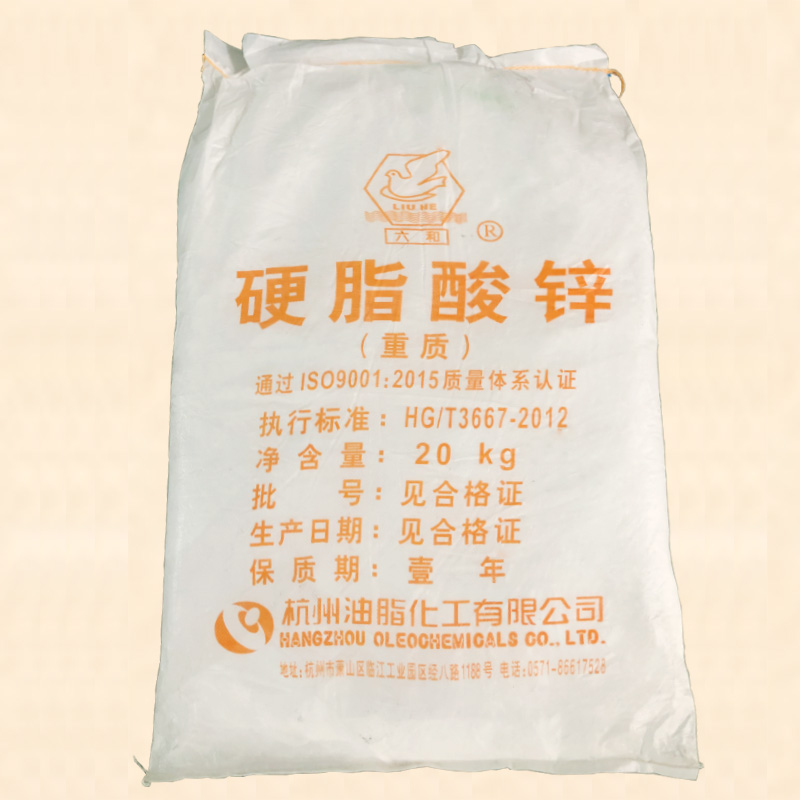Characteristics and application areas of c9 petroleum resin
- Mingpai
- 2024-06-01 14:48:50
C9 petroleum resin features and application areas are as follows:
Features:
Raw Material Origin: C9 petroleum resin primarily utilizes C9 fraction, a byproduct from the ethylene cracking process in petrochemical plants.
Manufacturing Process: Produced through polymerization reactions in the presence of catalysts or copolymerization with aldehydes, aromatics, or terpenes, forming thermoplastic resins.
Physical Properties:
- Relatively low molecular weight, typically below 2000.
- Softening points below 150°C, appearing as thermoplastic viscous liquids or solids.
- Exhibits good water resistance, alkali-resistance, weather resistance, and light stability.
- Excellent solubility in organic solvents and compatibility with other resins.
Functional Characteristics: Characterized by brittleness, tackifying properties, adhesion, and plasticity, which enable its multifaceted utility across various applications.
Application Areas:
Coatings Industry: Used as a modifier in coatings to enhance gloss, hardness, water resistance, stability, and chemical resistance, while economizing production costs.
Rubber Industry: Acts as a softening additive in rubber, improving the tackiness and flexibility of styrene-butadiene rubber (SBR) and others, thereby boosting the physical properties of rubber products.
Paper Industry: Employed as a sizing agent or strength enhancer for paper, improving its water repellency, oil resistance, and printability.
Printing Ink Production: Enhances ink viscosity and adhesion, improving printing performance and abrasion resistance.
Adhesives: Functions as a tackifier, increasing the bond strength, heat resistance, and creep resistance of adhesives, suitable for diverse bonding applications.
In summary, C9 petroleum resin, with its unique characteristics, serves as a vital additive or modifying material across multiple sectors, catering to the demands for enhanced material properties in various industries.



